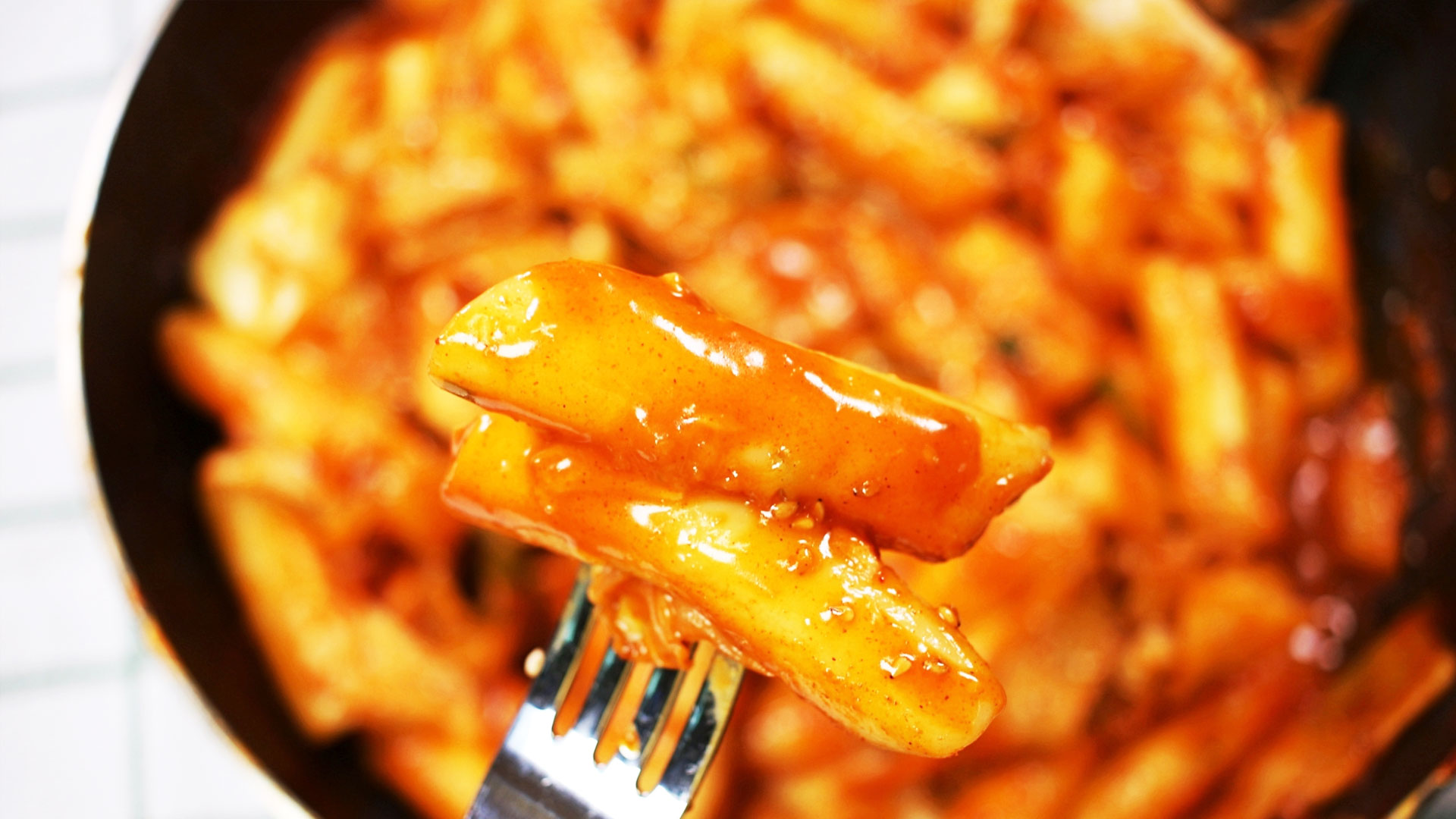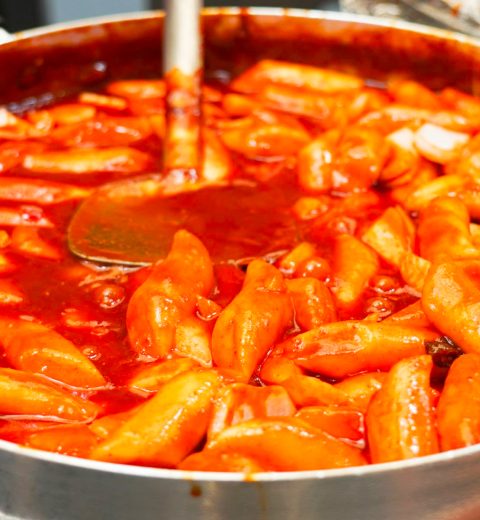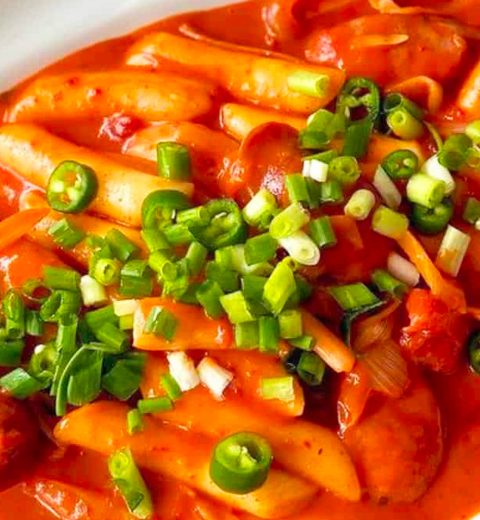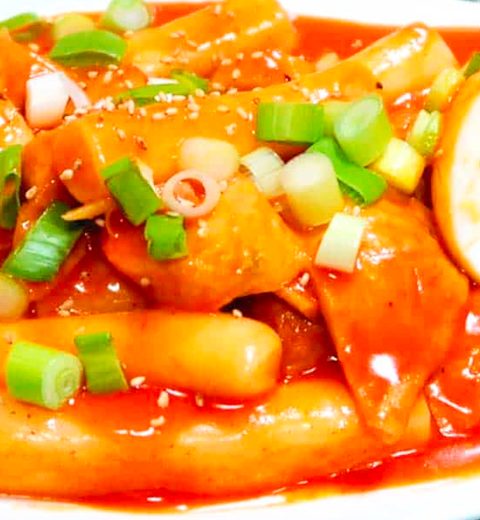Korean cuisine has experienced a remarkable surge in popularity around the world in recent years. One dish that has captivated the taste buds of people everywhere is the delicious and spicy Korean topokki, also known as Tteokbokki. This humble street food has undergone a global transformation, transcending its origins and becoming a beloved culinary sensation. In this article, we will explore the rise of Korean Topokki and its journey to global fame.
Originating from Korea, Topokki is a traditional dish made primarily of rice cakes, known as tteok, and a spicy sauce. The dish has a rich history that dates back to the Joseon Dynasty, when rice cakes were a staple food. However, it was during the Japanese occupation in the early 20th century that took, as we know it today, began to take shape.
As Korean cuisine and culture evolved, so did the flavors and ingredients of Topokki. The addition of gochujang, a fermented red chili paste, infused the dish with its signature fiery kick, elevating it to new heights. Over time, Topokki became a popular street food, often served from vibrant food carts lining the bustling streets of Korea. The dish was not only delicious but also affordable, making it accessible to people from all walks of life.
The globalization of Korean food owes much to the growing popularity of Korean pop culture, also known as the “Hallyu Wave.” Korean dramas, music, and movies have gained a massive following worldwide, leading to increased interest in Korean cuisine. As people around the globe embraced Korean entertainment, they also developed a curiosity for the flavors and dishes depicted on their screens.
Korean restaurants began to pop up in major cities worldwide, introducing locals to the wonders of Korean cuisine. Topokki, with its vibrant colors, bold flavors, and unique texture, quickly became a crowd favorite. Its spicy and satisfying nature appealed to adventurous eaters and those seeking an authentic taste of Korea.
Social media platforms, such as Instagram and YouTube, played a significant role in popularizing Topokki and other Korean dishes. Food enthusiasts and influencers started sharing visually captivating images and videos of their Topokki experiences, enticing their followers to try the dish themselves. The mesmerizing sight of rice cakes simmering in a spicy sauce, coupled with the sound of sizzling and the promise of a flavorful adventure, proved irresistible.
Restaurateurs and chefs around the world also recognized the rising demand for Korean cuisine, leading to an increased presence of Korean eateries. Korean fusion restaurants began offering unique twists on traditional dishes, including Topokki. From adding different proteins like beef, chicken, or seafood, to incorporating diverse vegetables and toppings, these establishments sought to cater to the evolving tastes and preferences of their patrons.
The rise of Topokki’s global popularity can also be attributed to its versatility. While the classic recipe remains beloved, chefs and home cooks have adapted it to suit various dietary preferences and palates. Vegetarian and vegan versions, using plant-based proteins and alternative sauces, have emerged, allowing a wider audience to enjoy the dish.
Topokki’s popularity has not only reached the tables of Korean food enthusiasts but has also made its way into the menus of non-Korean restaurants. Its bold flavors and universal appeal have led chefs to incorporate Topokki as an exciting and exotic addition to their offerings. Whether as an appetizer, a main course, or even as a creative topping or side dish, Topokki has become a culinary darling that transcends cultural boundaries.
In conclusion, the rise of Korean Topokki as a globally popular dish is a testament to the power of culinary exploration and cultural exchange. From its humble beginnings as a street food staple.



